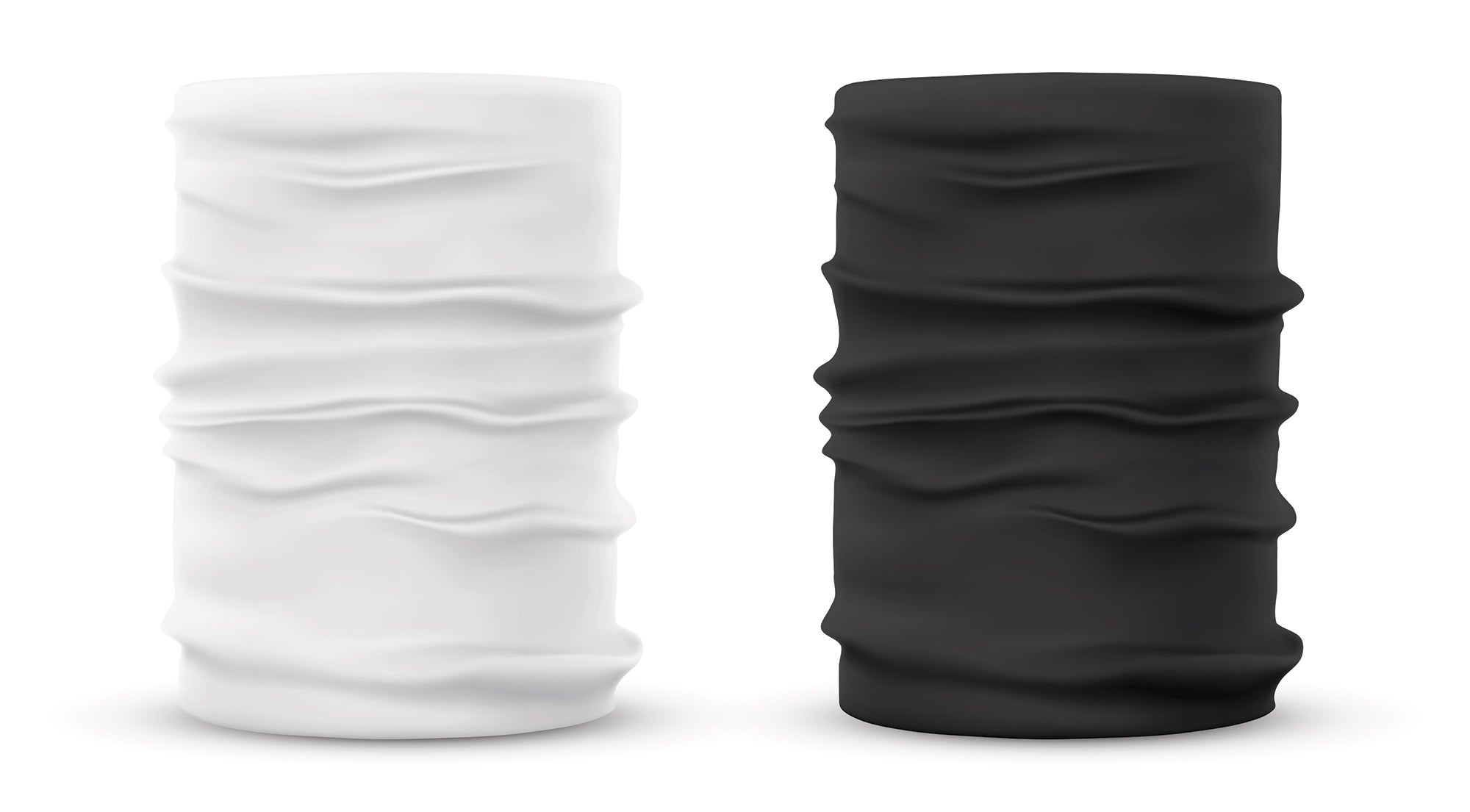Neck Gaiters May Not Be Effective Masks

'Elegant Solution'
When cities and states around the country began to mandate masks in response to the ongoing coronavirus pandemic, many hikers, runners, and cyclists reached for their neck gaiters. Simple, common, and easy to wear around the neck when not in use, the tubes of fabric have become a common sight on trails around the country. Now a team from Duke University that’s working to design mask-testing equipment has found some evidence that suggests that not only are they not effectively preventing wearers from spewing potentially virus-laden respiratory droplets, there’s even a chance they may actually be making things worse.
The 7-person team tested 14 different types of masks, ranging from a fit-tested N95 respirator to a bandana, by having test subjects speak into a box while wearing them and recording the resulting respiratory droplets using a laser beam and a cell phone camera. Unsurprisingly, some of the masks in the test seemed to be extremely effective, with the N95 blocking 99.9% of droplets and the surgical mask only slightly fewer. Even the cotton masks stopped roughly 90% of droplets as compared to a control group.
When the subject wore a neck gaiter, however, researchers recorded 10% more airborne droplets than they did from an unmasked control subject. In their paper, published in Science Advances, they explained that the polyester-spandex “neck fleece” appeared to split larger droplets into multiple, smaller droplets.
“Considering that smaller particles are airborne longer than large droplets (larger droplets sink faster), the use of such a mask might be counterproductive,” the researchers wrote.
While the results of the experiment are eye-opening, it’s important to recognize that they’re not definitive: The main goal of the study was to create an easily-replicable, low-cost setup for studying masks, and it wasn’t designed to draw conclusions about which masks worked and which didn’t. In an interview with CNET, author Dr. Martin Fischer pointed out that the team only tested one neck gaiter, and that more thorough research would be necessary to make “specific use recommendations.”
There is little research on the effectiveness of neck gaiters as masks, which is part of the reason the team’s limited data have received so much coverage. However, other papers have found that cloth masks, while generally helpful, vary drastically in effectiveness depending on what kind of material they use; how well neck gaiters perform may have more to do with their fabric than their overall design.
In one preliminary study, researchers from Cambridge and Northwestern Universities tested the ability of a variety of common fabrics to block ultrafine particles. Spandex blends, like those used by the Duke team and in many commercially-available neck gaiters, were among the most porous, filtering just 21% of particulates, or less than half that of a surgical mask. (Unlike the Duke study, the experiment measured solid particles, not respiratory droplets.) In contrast, an informal experiment at University of Wisconsin-Madison found that a neck gaiter-style mask sewn from tightly-woven fabric was more effective than other designs. The CDC currently recommends “tightly-woven cotton” textiles, like bedsheets or quilting fabric, for homemade masks.